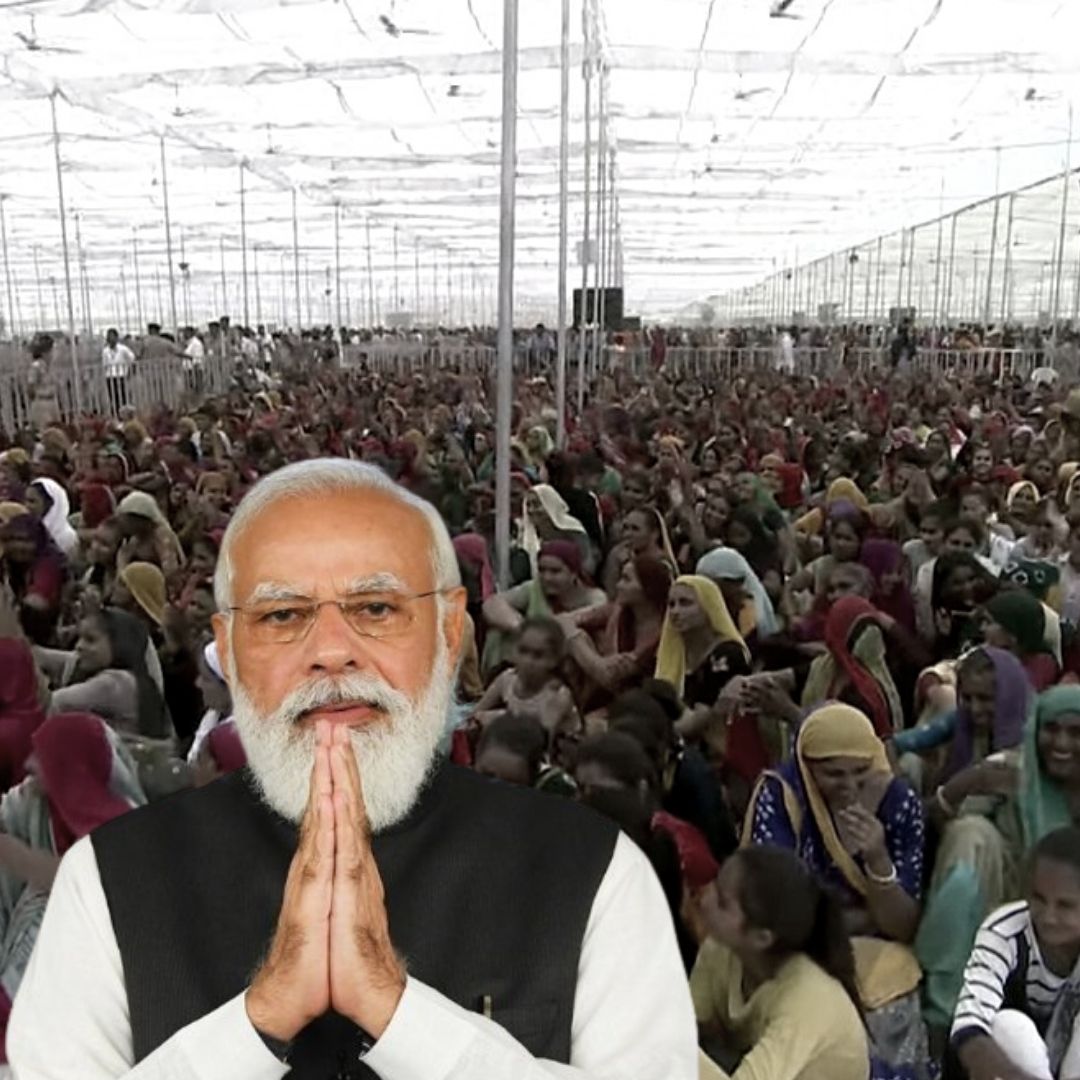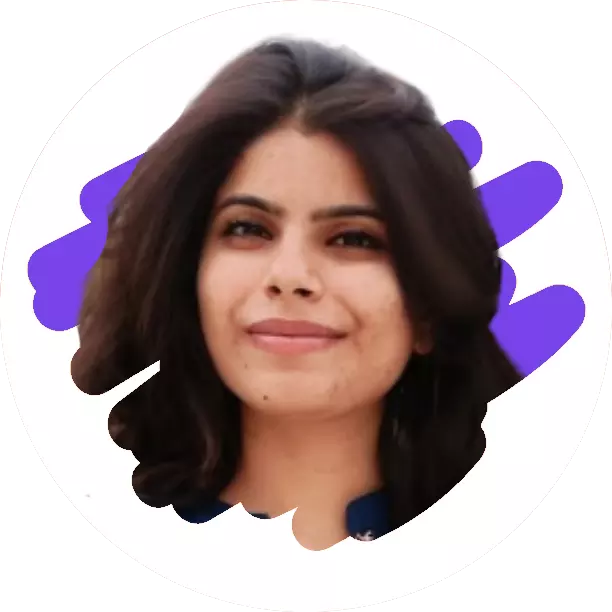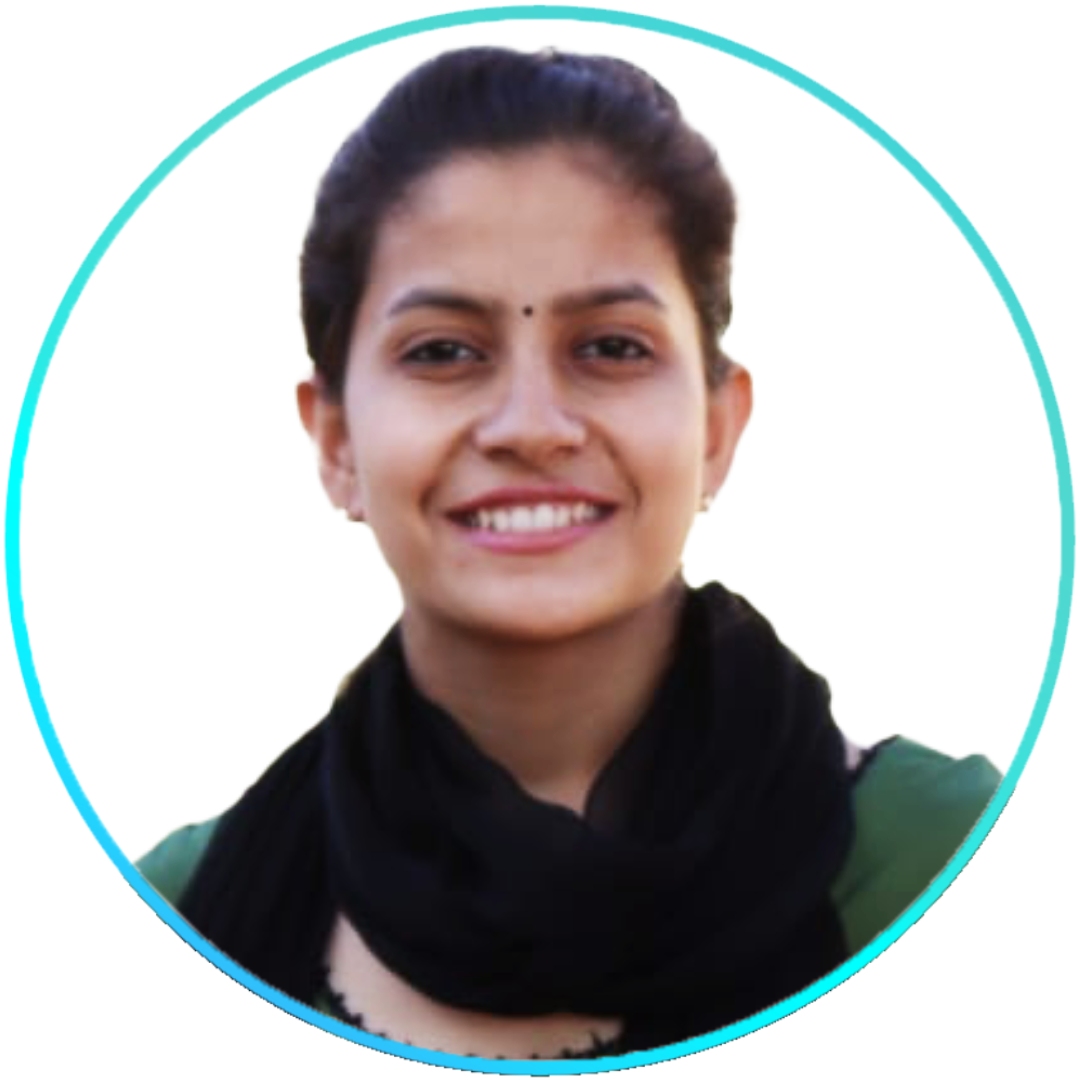
Image Credit: Twitter (BJP4India, Narendra Modi)
Here Are Six Policies That Ensured PM Modi Become An Instant Hit Amongst Indian Women
Writer: Ratika Rana
Her primary objective is to inform, promote, educate and cultivate readers through writing.
India, 20 April 2022 1:36 PM GMT
Editor : Shiva Chaudhary |
A post-graduate in Journalism and Mass Communication with relevant skills, specialising in content editing & writing. I believe in the precise dissemination of information based on facts to the public.
Creatives : Ratika Rana
Her primary objective is to inform, promote, educate and cultivate readers through writing.
In 2019, for the first time ever, the Bharatiya Janata Party incurred the highest number of female voters. Apart from deploying Narendra Modi's personal charisma, the BJP has also been giving much more representation to women in politics.
Women and politics in India have not been a common phenomenon since independence. However, women have increasingly taken a stand in the last decade and voiced their opinions regarding several political issues. They have been at the forefront of contemporary politics, from coming up significantly in political representation to leading protests against the three farm laws and the CAA-NRC Act. The Political Party's success in several state elections is often attributed to millions of women who have come forward to support the charismatic Narendra Modi.
Highest Women Voters For BJP In 2019
The Election Commission has broken down gender participation in elections since 1962. A majority of women have always sided with Congress. However, in 2019, BJP had the highest number of women voters for the first time.
Even though BJP, much like many other political parties, had fewer feminists for leaders and hardly found women reliable enough. While several party leaders have often criticized netizens for their misogynistic remarks, many BJP-governed states have attracted global wrath for poor management of rape cases.
Moreover, the longest and the most controversial protests against the Citizenship Amendment Act by the government have been led by women.
Several Schemes By The Modi Govt For Women Empowerment
Therefore, we at The Logical Indian dug deeper to identify how the government in power has worked since 2014 to uplift the social status of women in the country.
First and one of the most advertised schemes by the Modi government was "Beti Bachao, Beti Padhao", which was launched in 2015. The scheme aimed to curb the declining sex ratio in the country, create social awareness and enhance opportunities for girls. While the scheme was designed for the entire country, it was divided into three sections for the best possible reach.
The primary group involved young married couples, pregnant mothers and parents. The secondary group comprised adolescents, doctors and hospitals. Lastly, the tertiary group included the general people of the country, religious leaders, voluntary organizations, frontline workers, officials, media, and women's self-help groups.
The Modi government's following best-promoted scheme for the upliftment of women was the "Pradhan Mantri Ujjwala Yojana" (PMUY) by the Ministry of Petroleum and Natural Gas. Under the scheme, the government provided free LPG connections to women under the Below Poverty Line (BPL). The target under the scheme was to release 8 Crore LPG Connections to the deprived households by March 2020. However, the government released an additional one crore LPG connection under the PMUY scheme. The LPG cylinders were distributed to urban and semi-urban regions.
According to WHO estimates, dirty cooking fuels are responsible for over 5 lakh fatalities in India alone. Most of these deaths occurred due to non-communicable illnesses such as heart disease, stroke, chronic obstructive pulmonary disease, and lung cancer.
Thirdly, the Union government introduced a one-stop centre, 'Sakhi', using the 'Nirbhaya' fund. These centres are located across the country, and they provide refuge to victims of violence and abuse with legal, medical and counselling services. The 24x7 helpline offers all services to victims under one roof.
Job opportunities for women in India are often curtailed because they have to step outside the safe boundaries of their homes and villages and venture into different cities all on their own. Therefore, the government came up with working women hostels in other parts of the country to ensure the safety of ambitious women without costing them their protection. The centre came up with a scheme for "housing working women in different cities" with the primary objective of empowering Indian women. Widowed, single, separated and physically disabled women are allowed inside the hostels. In some cases, even children can stay with their mothers on the hostel premises.
The Ministry of Women and Child Development came up with a scheme titled "Mahila-e-Haat" to assist small women entrepreneurs. The direct internet marketing platform was conceptualized to help women who were micro-business owners, Self-Help Groups (SHGs), and Non-Governmental Organizations (NGOs) showcase their products and services.
Along similar lines, the government came up with the "Mahila Shakti Kendra scheme" in 2017. The centrally sponsored scheme was designed to empower rural women through community participation. The scheme was implemented through State Governments and UT Administrations with a cost-sharing ratio of 60:40 between centres and States except for North East & Special Category States, where the funding ratio is 90:10. For Union Territories, 100 per cent central funding was provided.
Women's participation in India is multi-faceted, and a large section of women workers are employed in the unorganized sector. Therefore, the central government's repeated attempts of bringing women to work in the mainstream of the country's economy have made PM Modi a heartthrob amongst Indian women.
Since the Party's welfare schemes have mainly targeted rural Indian women, they also comprise a considerable section of its supporters. However, experts believe that gender-based violence has a short shelf-life.
Also Read: This Pune-based EdTech Startup Is Helping Students Ace Government Exams In Vernacular Languages
 All section
All section














